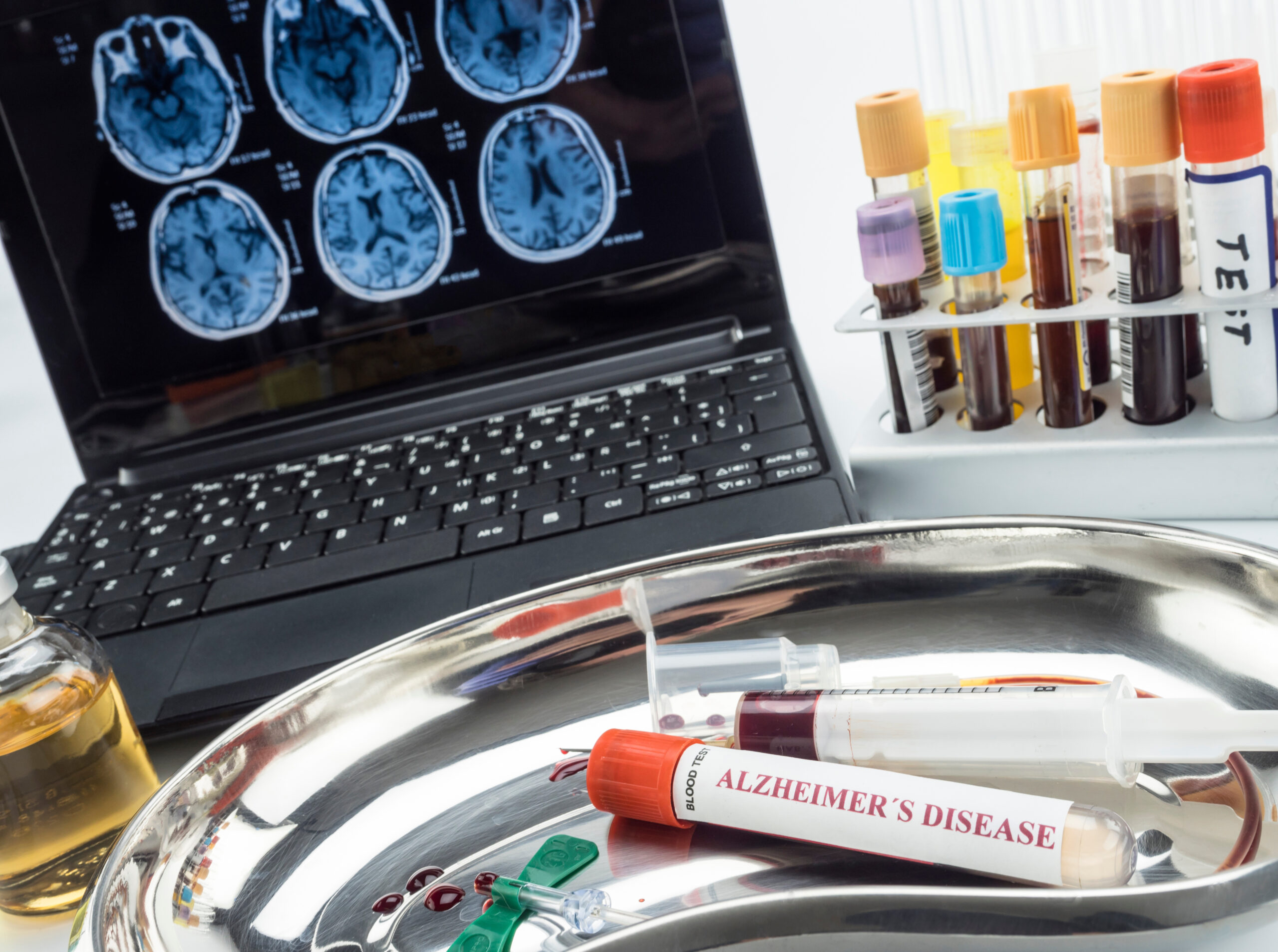What are the most common causes of skin infections in older adults
Skin infections in older adults can be quite common and often require prompt attention. These infections can arise from various causes, including bacterial, fungal, and viral sources. Here are some of the most common causes of skin infections in this age group:
### Bacterial Infections
Bacterial infections are among the most prevalent types of skin infections in older adults. They typically occur when bacteria enter through breaks in the skin, such as cuts, scratches, or surgical sites. The most common bacteria responsible for these infections are **Streptococcus** and **Staphylococcus**. Conditions like **cellulitis**, which is a spreading skin infection often affecting the lower leg, and **impetigo**, a highly contagious superficial infection, are common examples. Impetigo often presents with golden or honey-colored crusts and can be caused by either **Staphylococcus aureus** or **Streptococcus pyogenes**.
### Fungal Infections
Fungal infections are another common cause of skin issues in older adults. These infections can occur due to fungi like **Candida albicans** or **Malassezia**, which thrive in moist environments. Conditions such as **athlete’s foot** and **ringworm** are typical examples. Fungal infections often result from poor hygiene or exposure to contaminated environments.
### Viral Infections
Viral infections can also lead to skin problems. For instance, **herpes zoster** (shingles) is a viral infection that causes a painful rash and is more common in older adults due to weakened immune systems.
### Other Causes
In addition to these microbial causes, skin infections can also arise from non-infectious sources. For example, **ingrown hairs**, **friction**, and **trauma** can lead to skin irritation and infections. Maintaining good hygiene and promptly treating minor injuries can help prevent many of these infections.
### Prevention and Treatment
Preventing skin infections involves maintaining good hygiene, keeping wounds clean, and avoiding close contact with people who have contagious infections. Treatment typically involves antibiotics for bacterial infections, antifungal medications for fungal infections, and antiviral drugs for viral infections. In some cases, topical treatments may suffice, while more severe infections may require oral medications or hospital care.
Overall, recognizing the causes of skin infections in older adults is crucial for effective management and prevention. Regular monitoring and prompt medical intervention can significantly improve outcomes for these individuals.





